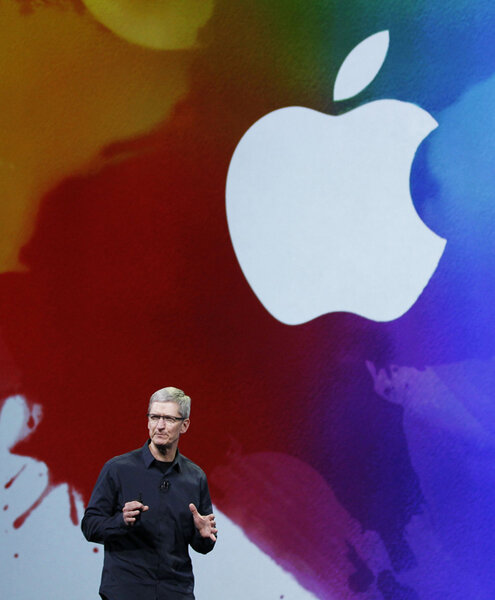First, it was the iPad 3. Then it was the iPad HD. Now it’s nameless, only referred to by Apple as “the third generation iPad” (which seems to suggest iPad 3, but never mind).
And despite Cook’s mention of Siri, she didn’t make it onto the new iPad. Even sadder, haptic technology was out of the picture – we can only hope that Apple is making use of its patent in a top secret laboratory. Maybe next year.
Aside from that, Apple laid out the details, some of which were welcome additions:
Available March 16, preorder begins now
• $499 for 16GB, $599 for 32, $699 for 64GB, tack on an extra $130 for the 4G antenna (iPad 2 starts at $399 and goes up to $529)
• 10-hour battery life (nine with 4G enabled) – same as iPad 2 with 3G
• 9.4 mm thick, 1.4 lbs – almost identical to iPad 2
• Stock apps optimized for Retina display
• Certain apps can export images greater than 100 megapixels





